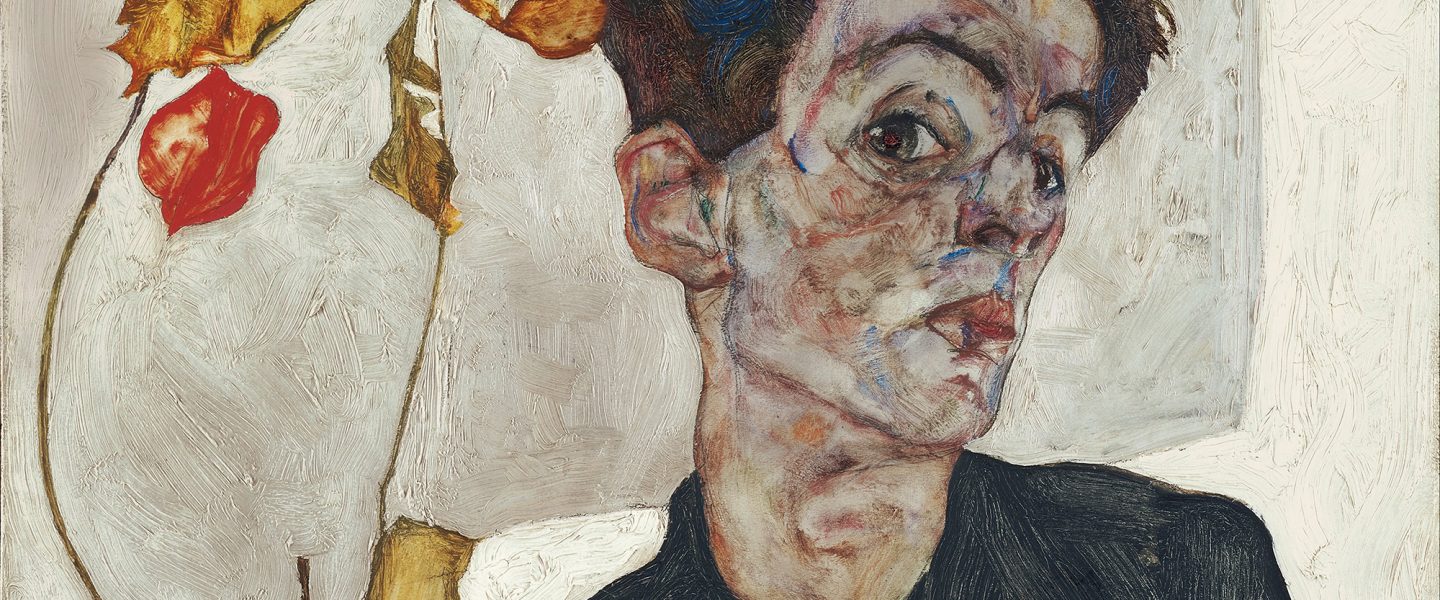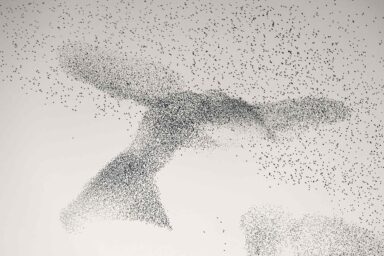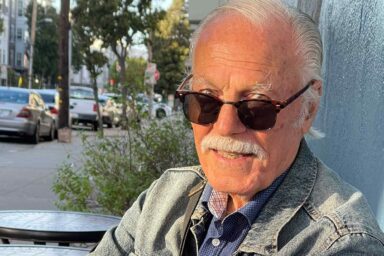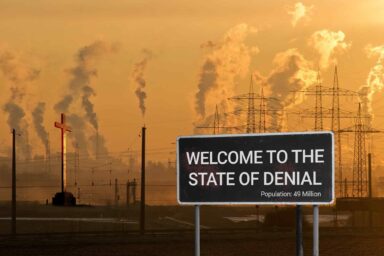When crisis inhibits creativity.
|
Listen To This Story
|
Three years after the first COVID-19 lockdown, it’s amazing how little related art we have to show for our collective trauma.
In an era of instant information, we were forced to adjust to a level of mystery that was unfamiliar and frustrating. The world was in many ways ill-equipped to deal with this existential shock. It was like a sudden universal concussion.
As a self-employed writer, accustomed to working from home and observing society from some bemused distance, my personal world wasn’t knocked too far out of its natural orbit.
Many artists already operate in a sort of self-imposed bunker mentality and so during the COVID-19 crisis could continue to work. Performers, by contrast, dependent on an institutional infrastructure outside of their control, had a much greater problem.
But it’s the job of the artist to hold a mirror up to society, and in this they appear to have failed. Where are the COVID-19 novels, movies, art?
Three years may be too soon to have enough perspective on that odd, unsettling period, but if history is any guide, we shouldn’t hold our breaths for much COVID-19 art (we should welcome our unfettered breathing in any case).
I remember being intrigued by the coincidence that almost exactly a century earlier the influenza epidemic of 1918-19 had swept through the world, killing an estimated 50 million people — over twice the number dead from the First World War.
I knew vaguely about this event, but its particulars had remained a mystery, partly because I hadn’t encountered the epidemic in any literature, play, or film. While the experience of the First World War — the catastrophic event that overlapped with the flu epidemic — had been famously depicted in poetry (Rupert Brooke, Siegfried Sassoon), novels (Ernest Hemingway, Erich Maria Remarque), art (Paul Nash, Otto Dix), and film (Lewis Milestone, King Vidor), the flu epidemic seemed almost entirely, chillingly, absent.

The 1920s films of Buster Keaton and Harold Lloyd depict a new kind of advanced man striving to find a place in the modern American city, a gleaming metropolis of cars and skyscrapers. The future was palpable, observable, the stock market a steady drumbeat of economic vitality.
By contrast, European culture was more directly impacted by the war, and responded in kind artistically. Besides Hemingway (who spent much of the ’20s in France and Spain), this was a mostly European project. The direct US involvement began only in 1917, and American casualties were dwarfed by the number of Europeans killed and wounded over the four-year conflict.
The British government actually sponsored artists to travel to the front to record the war’s impact on the soldiers, an unprecedented partnership in such a conflict. The resulting work by Nash, William Orpen, and C. R. W. Nevinson can now be seen at the Imperial War Museum in London.
The films that have come down to us from that immediate post-war period are mostly American, notably The Big Parade (Vidor, 1925) and All Quiet on the Western Front (from Remarque’s novel), which, despite concerning the German side of the war, was directed by the Russian-born Milestone, working in Hollywood in 1930.
But of the arguably greater horror of influenza, which stealthily and quickly killed civilians in unimaginable numbers, there appears to be little art to remind us or place in context.
People wanted to remember the war, but forget the epidemic.
Perhaps that’s because, even though the war was regarded as senseless and preventable, the epidemic was remorseless, quick, and abstract. There was no lead-up, no basic training, no expectation, no context — just a swift, invisible plague that coursed through communities like a brushfire. There was little poetry that could be made of it.
In fact, contemporary artists did respond to the calamity. The Norwegian painter Edvard Munch recorded his own battle with the flu with two self portraits, completed before and after his illness. The Austrian Egon Schiele sketched the head of his deceased mentor Gustav Klimt, who had suffered a stroke likely brought on by the flu. Before he could finish the work, Schiele’s pregnant wife died of the flu, as did Schiele himself three days later.
The Dada movement, usually considered a nihilist reaction to the First World War, could as easily be seen as a response to the turmoil of the flu tragedy.
 Novels such as Willa Cather’s One of Ours (1922) touch on the epidemic, as does Katherine Anne Porter’s Pale Horse, Pale Rider, a collection of novellas published in 1939.
Novels such as Willa Cather’s One of Ours (1922) touch on the epidemic, as does Katherine Anne Porter’s Pale Horse, Pale Rider, a collection of novellas published in 1939.
These titles may have been read with interest during our own pandemic, as book sales in the US jumped almost 24 percent in 2020.
But whereas reading may have gone up, with museums and performance venues shut down, public engagement with the arts plummeted. Some artists tried to reach their audience online, with plays and music offered on Zoom and YouTube.
As a playwright I joined this movement, presenting a multiple-character, single-actor play unrelated to the epidemic called Jemeneye. It starred the well-known British actor Ralf Little and was directed by Wilson Milam, who has worked on Broadway and in the London West End. We got an audience of 31.
This was a delivery system by necessity, and there were some who thought it heralded a new age of theater for the masses, but I chafed at its limitations, including its creative restrictions, small audience, and economic unsustainability.
I remember a more successful dramatic presentation in the BBC production Staged, starring David Tennant and Michael Sheen. Written and directed by Simon Evans, this was ingeniously filmed in lockdown by the actors themselves, and directly addressed the situation we all found ourselves in. (You can find it in the US on Amazon Instant Video, iTunes, Google Play, or Vudu.)
I was greatly amused by this imaginative series, and impressed by its ingenuity. But three years later I find it difficult to watch. It instantly brought back the awkward discomfort of that period, the glassy Zoom meetings and claustrophobia we all suffered under our house arrest.
This sense of dislocation was well captured by Bo Burnham in his Netflix special Inside (2021), a series of satirical songs interspersed with doom-laden monologues that spoke to our collective anxiety and paranoia. All shot in a single room over several months, it’s a painful reminder of our psychological as well as physical incarceration.
Here, in England, the epidemic wasn’t as quickly politicized as it was in the States, but it was still an ugly, ungainly time, and I can see how few would want to revisit it. As with the flu epidemic of a century ago, we might be trying to forget it as quickly as possible. But it will have a lasting impact, and the jewels of its artistic revelations are perhaps still to come.
—
J.B. Miller is an American writer living in England, and is the culture correspondent for WhoWhatWhy. He’s the author of My Life in Action Painting and The Satanic Nurses and Other Literary Parodies.




